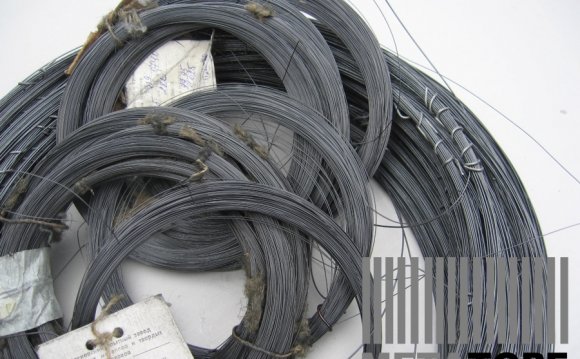
Wolfram Industry
POLFRICAL INDUSTRIALITY (a. tungsten industry; n. Wolframindustrie; f. industrie de tungstene, industrie tungstique; and, industrie del tungsteno) is a non-ferrous metal industry that combines wolfram ore extraction and tungsten. The main types of tungsten products are carbides, metal and lita, tungsten powders, chemical compounds. For the first time, the wolfram was used in Russia as an attachment to the steels at the Motovilikhin plant in 1865, in the Putilov and the Jordanian factories in 1896. For the first time, a Russian inventor A. N. Ladigin used a tungsten in 1900. Since the beginning of 20 V. Volfram production has grown rapidly due to its use for the production of fast-track steel and filament lamps.
In Russia, from 1911, 17 to 100 tons of concentration per year were produced. The extraction took place on the small deposits of Ural and eastern Zabaykalya. The production of the raw material base of the tungsten industry began in the 30s, when mining facilities were established in Ural (Boiv, South-Konev, Buranovsky and others), in Central Asia (Langar), eastern Zabaykalle (Sherlovogora et al.) and the 1940s became operational at the Tarbdenit-Sordskalith. Since the 1950s, tungsten deposits in Kazakhstan (Karaob, Akchatu), Central Asia (Chorg-Dayron, Ingichke) have been developed and developed in the Far East (Iultin). By the 1980s, the crude base of the Tungsten Industry in CCCP consists of several dozen indigenous deposits, which are classified into three industrial types: quartz-volframite housing and residential areas (5 per cent of the total stock); plastic, residential and incorrect deposits (35 per cent); Of the total stock, 80 per cent is associated with the necklic type of ore. The most prominent enterprises are the Tirnauz Mountain Metallurgical Combinate (Kabardino-Balcan ACCP), the Gydinsk GOC (Buryat ACCP), the Primore GOC and the Iultian GOC (RSFSR).








